Name Constantine Cavafy | ||
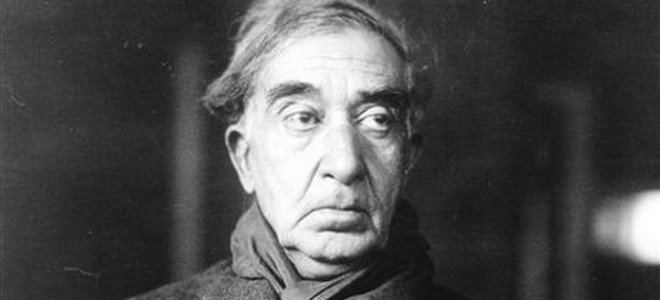 | ||
Died April 29, 1933, Alexandria, Egypt Parents Haricleia Cavafy, Peter John Cavafy Books The Collected Poems, The complete poems of, C P Cavafy: The Poe, Before Time Could Change T, The Collected Poems of Similar People Giorgos Seferis, Edmund Keeley, Thanos Mikroutsikos, Manos Hadjidakis, Philip Sherrard | ||
Constantine p cavafy ithaca poem animation
Constantine Peter Cavafy (; also known as Konstantin or Konstantinos Petrou Kavafis; Greek: Κωνσταντίνος Π. Καβάφης; April 29 (April 17, OS), 1863 – April 29, 1933) was an Egyptian Greek poet, journalist and civil servant. His consciously individual style earned him a place among the most important figures not only in Greek poetry, but in Western poetry as well.
Contents
- Constantine p cavafy ithaca poem animation
- The City C P Cavafy
- Biography
- Work
- Excerpt from Ithaca
- Historical poems
- Sensual poems
- Philosophical poems
- Museum
- References
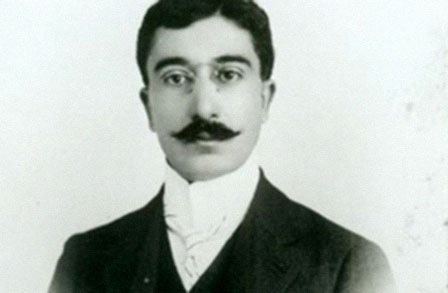
Cavafy wrote 154 poems, while dozens more remained incomplete or in sketch form. During his lifetime, he consistently refused to formally publish his work and preferred to share it through local newspapers and magazines, or even print it out himself and give it away to anyone interested. His most important poems were written after his fortieth birthday, and officially published two years after his death.
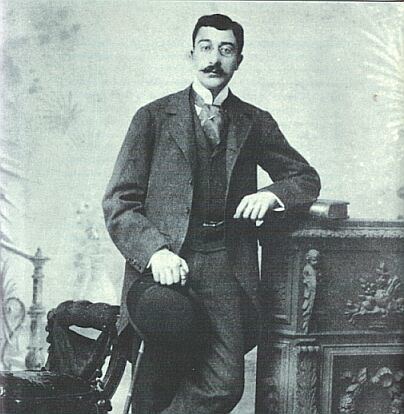
The City - C. P. Cavafy | قصيدة المدينة، قنسطنطين كفافيس
Biography

Cavafy was born in 1863 in Alexandria, Egypt, to Greek parents, and was baptized into the Greek Orthodox Church. His father's name was Πέτρος Ἰωάννης, Petros Ioannēs —hence the Petrou patronymic (GEN) in his name— and his mother's Charicleia (Greek: Χαρίκλεια; née Γεωργάκη Φωτιάδη, Georgakē Photiadē). His father was a prosperous importer-exporter who had lived in England in earlier years and acquired British nationality. After his father died in 1870, Cavafy and his family settled for a while in Liverpool. In 1876, his family faced financial problems due to the Long Depression of 1873, so, by 1877, they had to move back to Alexandria.

In 1882, disturbances in Alexandria caused the family to move again, though temporarily, to Constantinople. This was the year when a revolt broke out in Alexandria against the Anglo-French control of Egypt, thus precipitating the 1882 Anglo-Egyptian War. Alexandria was bombarded by a British fleet, and the family apartment at Ramleh was burned.
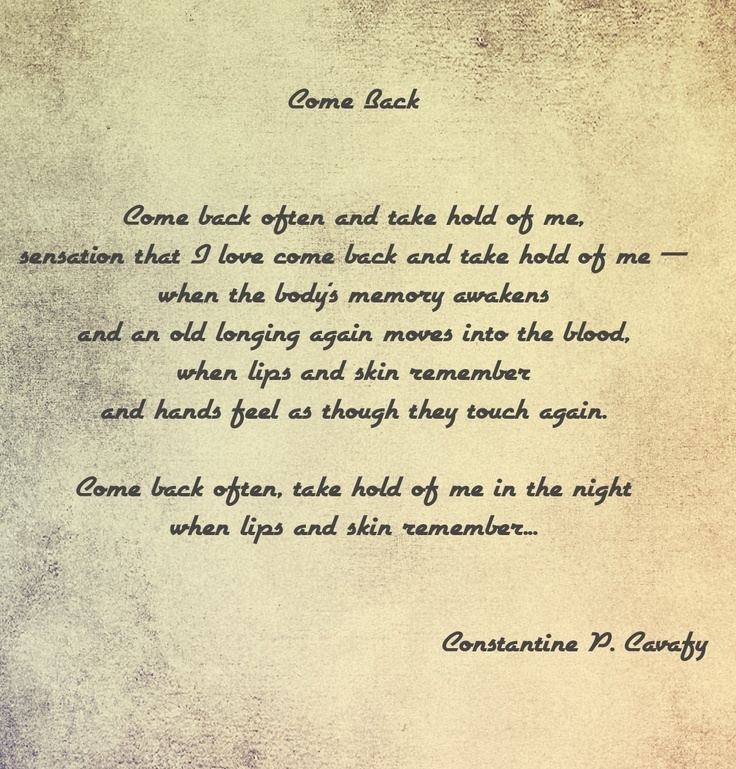
In 1885, Cavafy returned to Alexandria, where he lived for the rest of his life. His first work was as a journalist; then he took a position with the British-run Egyptian Ministry of Public Works for thirty years. (Egypt was a British protectorate until 1926.) He published his poetry from 1891 to 1904 in the form of broadsheets, and only for his close friends. Any acclaim he was to receive came mainly from within the Greek community of Alexandria. Eventually, in 1903, he was introduced to mainland-Greek literary circles through a favourable review by Xenopoulos. He received little recognition because his style differed markedly from the then-mainstream Greek poetry. It was only twenty years later, after the Greek defeat in the Greco-Turkish War (1919-1922), that a new generation of almost nihilist poets (e.g. Karyotakis) would find inspiration in Cavafy's work.
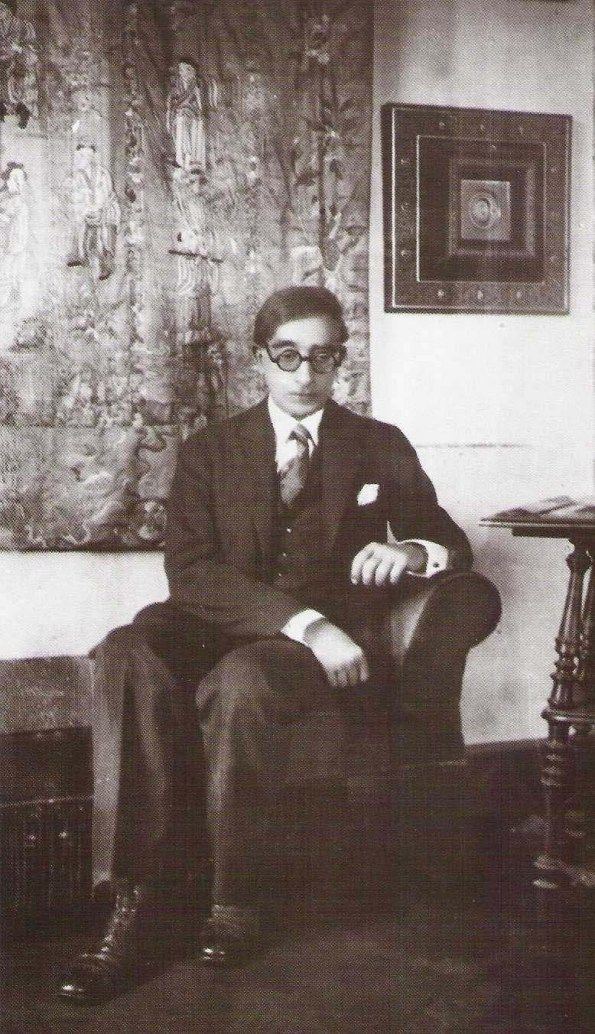
A biographical note written by Cavafy reads as follows:

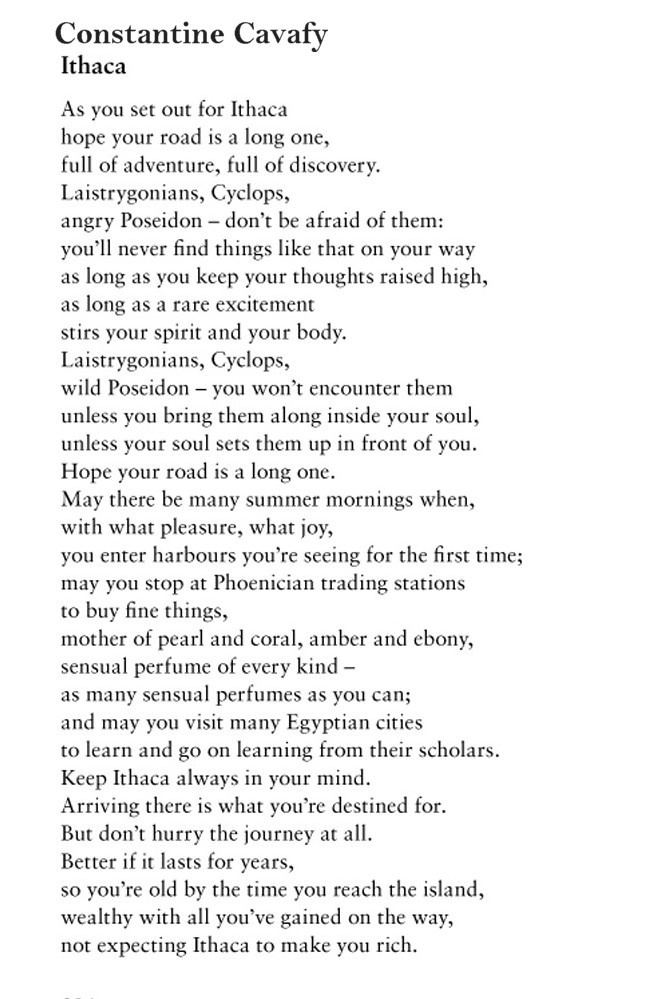
He died of cancer of the larynx on April 29, 1933, his 70th birthday. Since his death, Cavafy's reputation has grown. His poetry is taught in school in Greece and Cyprus, and in universities around the world.

E. M. Forster knew him personally and wrote a memoir of him, contained in his book Alexandria. Forster, Arnold J. Toynbee, and T. S. Eliot were among the earliest promoters of Cavafy in the English-speaking world before the Second World War. In 1966, David Hockney made a series of prints to illustrate a selection of Cavafy's poems, including In the dull village.
Work
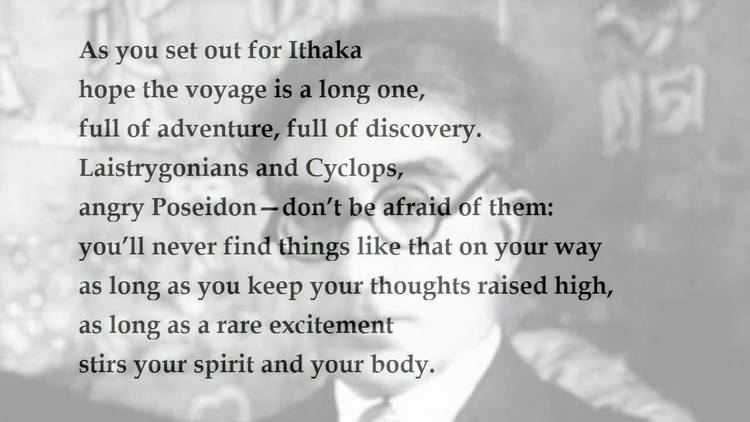
Cavafy was instrumental in the revival and recognition of Greek poetry both at home and abroad. His poems are, typically, concise but intimate evocations of real or literary figures and milieux that have played roles in Greek culture. Uncertainty about the future, sensual pleasures, the moral character and psychology of individuals, homosexuality, and a fatalistic existential nostalgia are some of the defining themes.
Besides his subjects, unconventional for the time, his poems also exhibit a skilled and versatile craftsmanship, which is extremely difficult to translate. Cavafy was a perfectionist, obsessively refining every single line of his poetry. His mature style was a free iambic form, free in the sense that verses rarely rhyme and are usually from 10 to 17 syllables. In his poems, the presence of rhyme usually implies irony.
Cavafy drew his themes from personal experience, along with a deep and wide knowledge of history, especially of the Hellenistic era. Many of his poems are pseudo-historical, or seemingly historical, or accurately but quirkily historical.
One of Cavafy's most important works is his 1904 poem Waiting for the Barbarians.The poem begins by describing a city-state in decline, whose population and legislators are waiting for the arrival of the barbarians. When night falls, the barbarians have not arrived. The poem ends: "What is to become of us without barbarians? Those people were a solution of a sort."
In 1911, Cavafy wrote "Ithaca", inspired by the Homeric return journey of Odysseus to his home island, as depicted in the Odyssey. The poem's theme is that enjoyment of the journey of life, and the increasing maturity of the soul as that journey continues, are all the traveler can ask for. To Homer, and to the Greeks in general, not the island, but the idea of Ithaca is important. Life is also a journey, and everyone has to face difficulties like Odysseus, when he returned from Troy. When you reach Ithaca, you have gained so much experience from the voyage, that it is not very important if you reached your goals (e.g. Odysseus returned all alone). Ithaca cannot give you riches, but she gave you the beautiful journey.
Almost all of Cavafy's work was in Greek; yet, his poetry remained unrecognized and underestimated in Greece, until after the publication of the first anthology in 1935 by Heracles Apostolidis (father of Renos Apostolidis). His unique style and language (which was a mixture of Katharevousa and Demotic Greek) had brought him under the critic of Kostis Palamas, the greatest poet of his era in mainland Greece, and his followers, who were in favour of the purest form of Demotic Greek.
He is known for his prosaic use of metaphors, his brilliant use of historical imagery, and his aesthetic perfectionism. These attributes, amongst others, have assured him an enduring place in the literary pantheon of the Western World.
Excerpt from Ithaca
A reading of this can be heard at the George Barbanis website
Historical poems
These poems are mainly inspired by the Hellenistic era with Alexandria at primary focus. Other poems originate from Helleno-romaic antiquity and the Byzantine era. Mythological references are also present. The periods chosen are mostly of decline and decadence (e.g. Trojans); his heroes facing the final end.
Sensual poems
The sensual poems are filled with the lyricism and emotion of same-sex love; inspired by recollection and remembrance. The past and former actions, sometimes along with the vision for the future underlie the muse of Cavafy in writing these poems.
Philosophical poems
Also called instructive poems, they are divided into poems with consultations to poets, and poems that deal with other situations such as closure (for example, "The walls"), debt (for example, "Thermopylae"), and human dignity (for example, "The God Abandons Antony").
The poem "Thermopylae" reminds us of the famous battle of Thermopylae where the 300 Spartans and their allies fought against the greater numbers of Persians, although they knew that they would be defeated. There are some principles in our lives that we should live by, and Thermopylae is the ground of duty. We stay there fighting although we know that there is the potential for failure. (At the end the traitor Ephialtes will appear, leading the Persians through the secret trail).
In another poem, "In the Year 200 B.C.", he comments the historical epigram “Alexander, son of Philip, and the Greeks, except of Lacedaemonians,...”, from the donation of Alexander to Athens after the Battle of the Granicus. Cavafy praises the Hellenistic era and idea, so condemning the closed-mind and localistic ideas about Hellenism. However, in other poems, his stance is amphisimic and not clear between the Classical ideal and the Hellenistic era (which is sometimes described with a tone of decadence).
Museum
Cavafy's Alexandria apartment has since been converted into a museum. The museum holds several of Cavafy's sketches and original manuscripts as well as containing several pictures and portraits of and by Cavafy.
